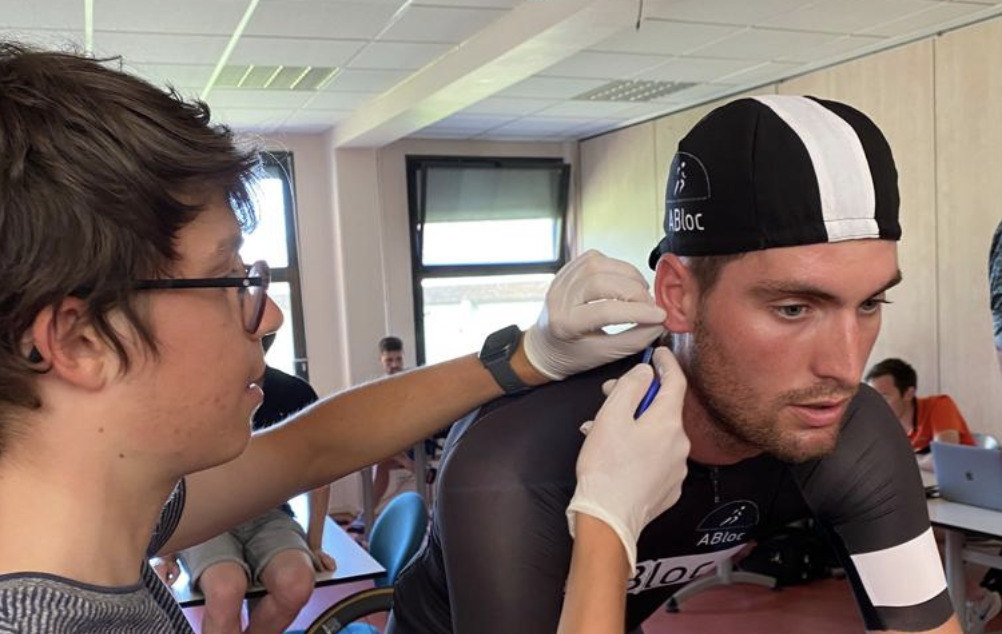[ad_1]
Within cycling, numerous individuals conduct 20-minute assessments, using a multiplier ranging between 0.9 and 0.95 to determine their FTP (essentially, the highest maintainable power in a state of internal equilibrium). Typically, this assessment is utilized to represent the power at the second threshold. Subsequently, the training zones are established based on this FTP value (e.g. zone 2, 56-75% FTP).
Originally, the concept of FTP is derived from research indicating a solid correlation between the average power during a 60-minute time trial and the second lactate threshold (Coyle, E F et al., 1988; Coyle, E F et al., 1991). In principle, FTP relates to the maximum power sustainable for 60 minutes.


Due to the mental and physical strain of a 1-hour time trial, an alternative 20-minute assessment has been suggested, considering 95% of the average power over 20 minutes as the FTP (Allen and Coggan, 2006). However, this coefficient has not been established through research, and more recent studies propose that 90% of the 20-minute power is a better predictor of the 60-minute power (MacInnis, Martin J et al., 2018).
Contrasting FTP with Lactate Threshold 2
Recent research has juxtaposed FTP with second threshold measurements via lactate; regrettably, there is limited concurrence between the measurements (Borszcz, Fernando Klitzke et al., 2018; Klitzke Borszcz, Fernando et al., 2019; Inglis, Erin Calaine et al., 2019; Jeffries, Owen et al., 2021; Lillo-Beviá, José Ramón et al., 2022; Morgan, Paul T et al.,2019). This is unsurprising given that the 20-minute FTP test approximates the 60-minute average power, which in turn approximates the second threshold.
Moreover, the correlation between threshold 2 and the average power over 60 minutes may hold true at the group average level, but at the individual level, the time to task failure at threshold 2 varies significantly. Endurance is a malleable and crucial factor for most endurance disciplines. Elite athletes maintain a TTF exceeding 60 minutes, while novices often possess a TTF of less than 45 minutes. Hence, contingent on the athlete and multiplier employed, there can be a 20% margin of error with FTP.


Ultimately, it seems that FTP might obscure physiological adaptations following a training bloc (Inglis, Erin Calaine et al., 2019). A study by Dr. Murias’ team demonstrated that subsequent to a training bloc, the second lactate threshold measured via the MLSS protocol increased, while the FTP extrapolated from a 20-minute test did not.
The Benefit of Lactate Test over FTP Test
Considering that the 20-minute test demands maximal effort and consequently significant motivation, there is potential for motive to influence the results, especially if athletes have to carry out 20-minute tests after each training bloc. This applies to MAP or critical power tests as well. Conversely, a lactate test does not necessarily necessitate maximal effort, hence it can be performed more regularly, facilitating dependable monitoring of physiological adaptations relative to a training bloc. Moreover, the 20-minute test might be affected by effort management, unlike the lactate test, which adheres to predetermined power outputs.


Click here to get Remedy for Baldness discounted price while it’s still available…
[ad_2]


